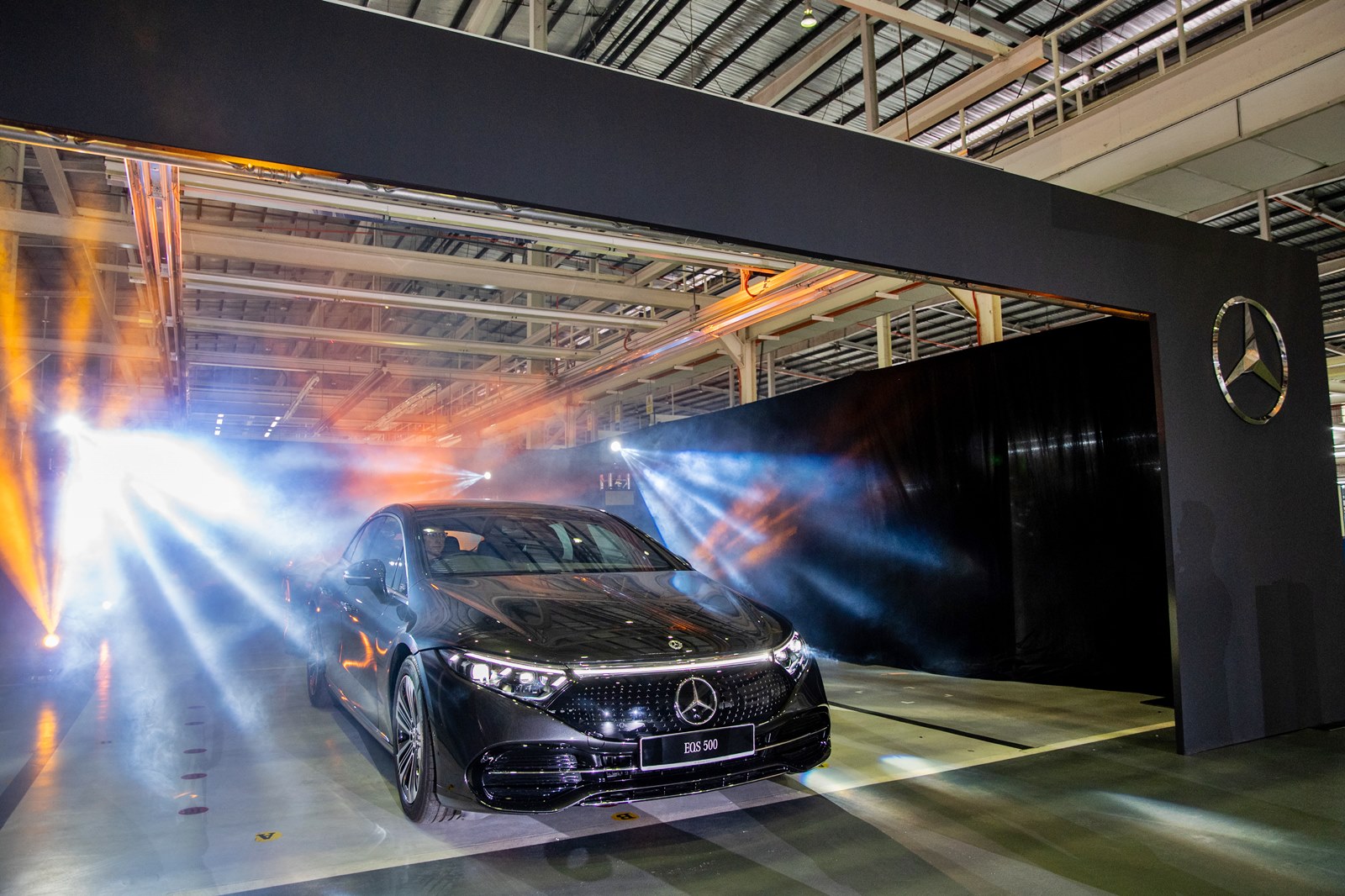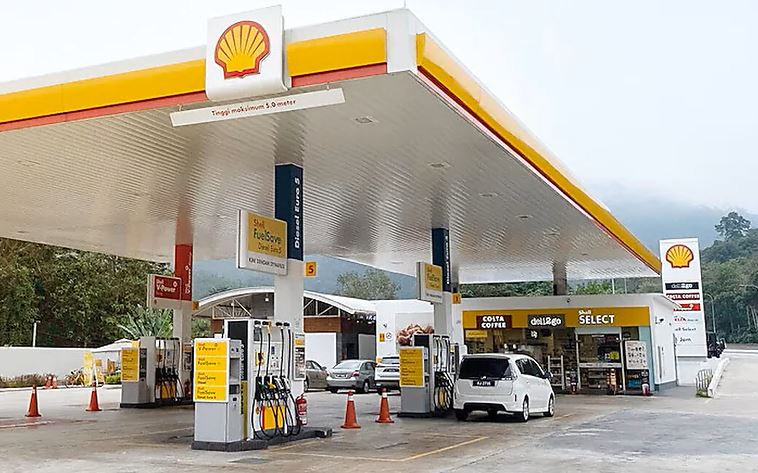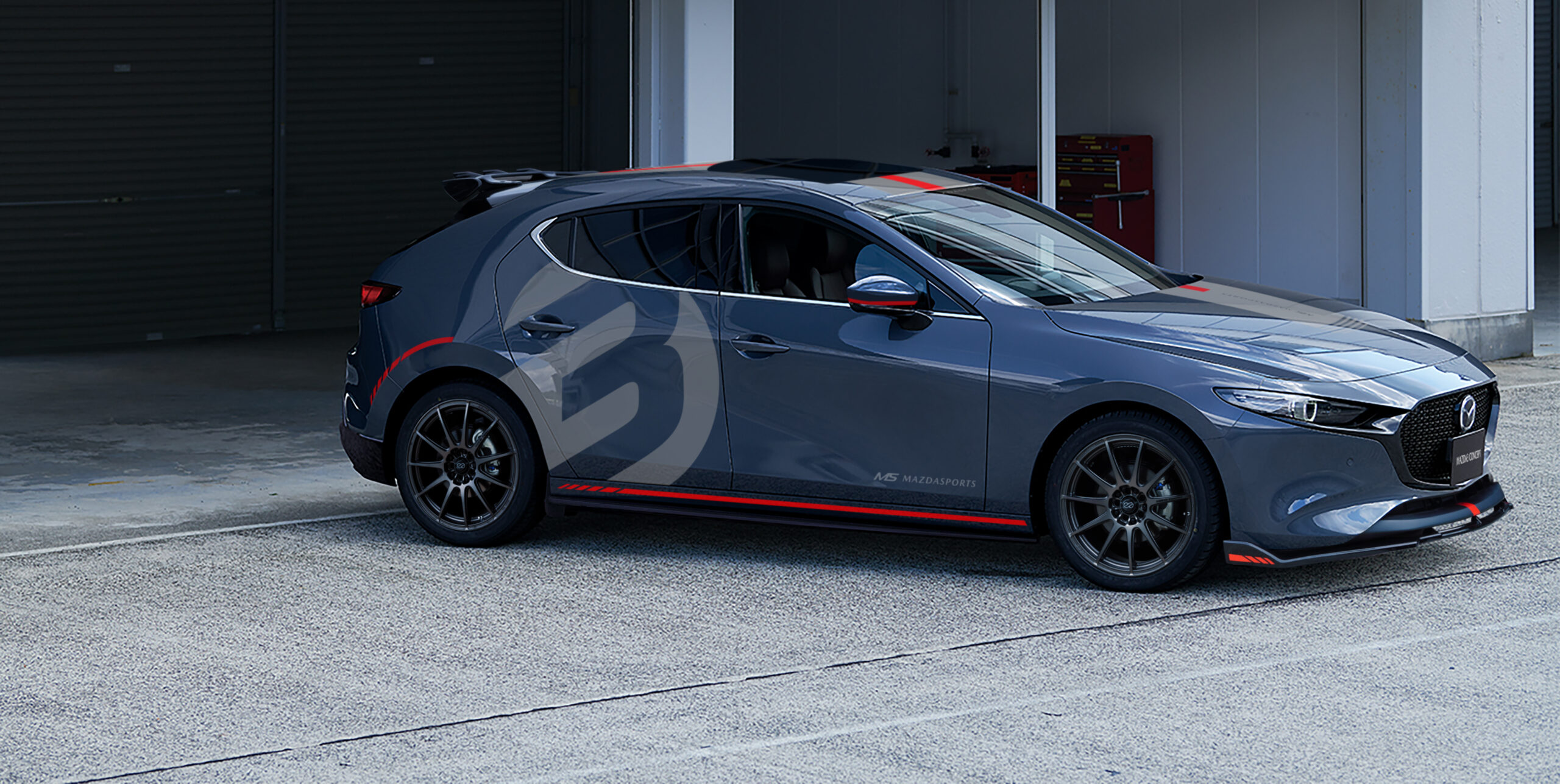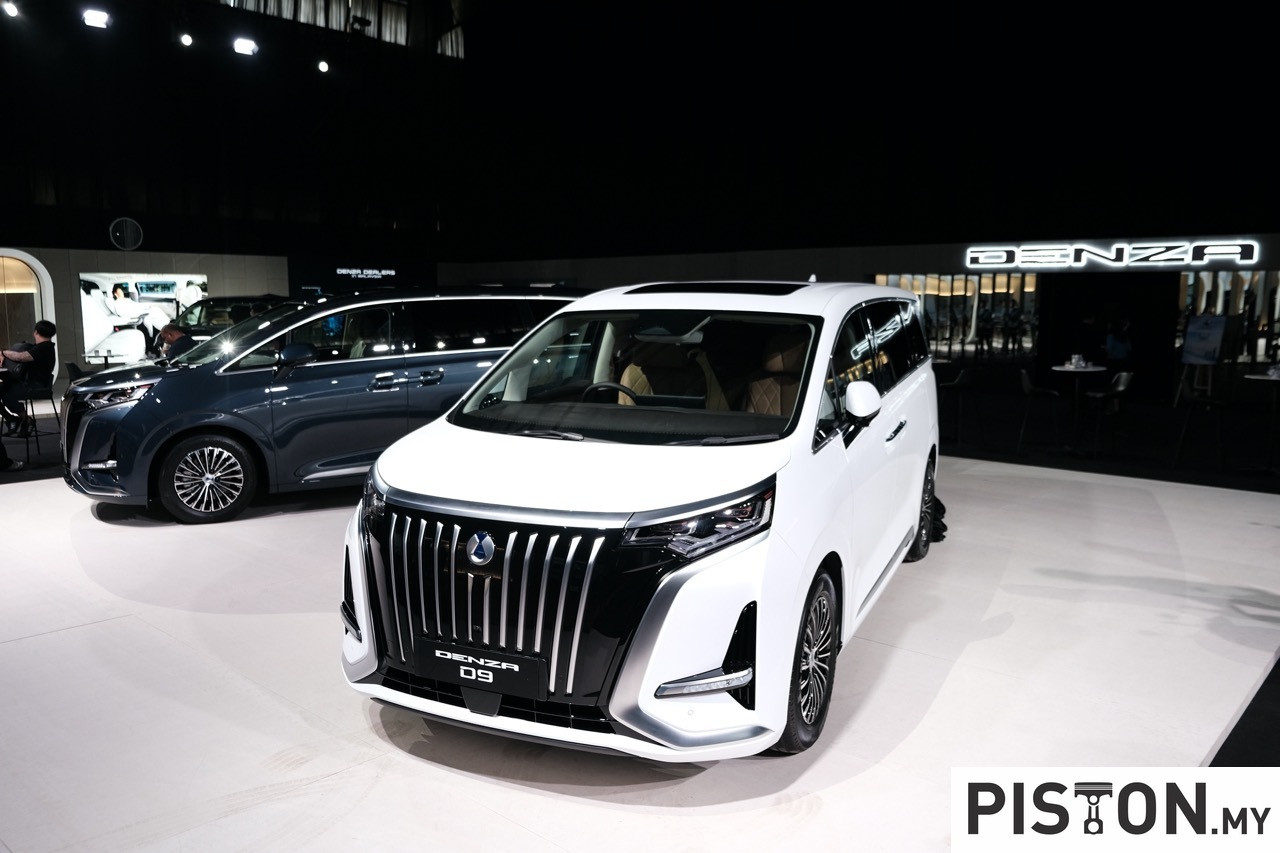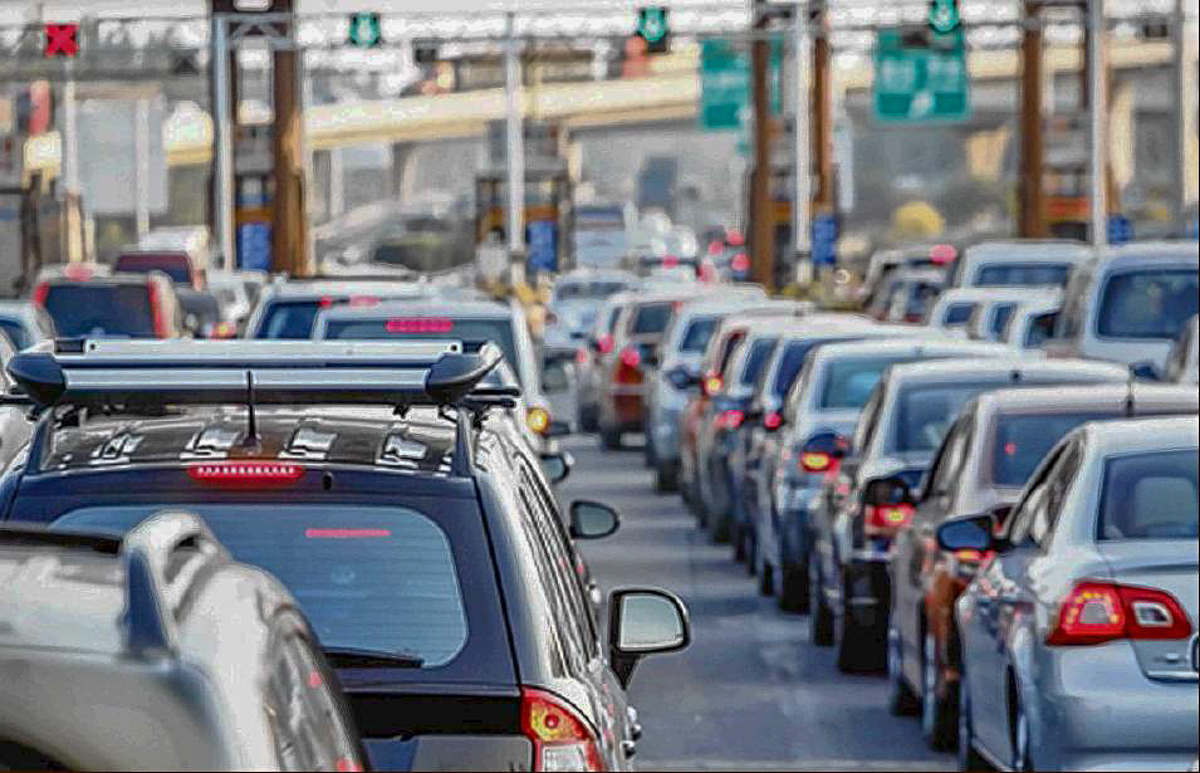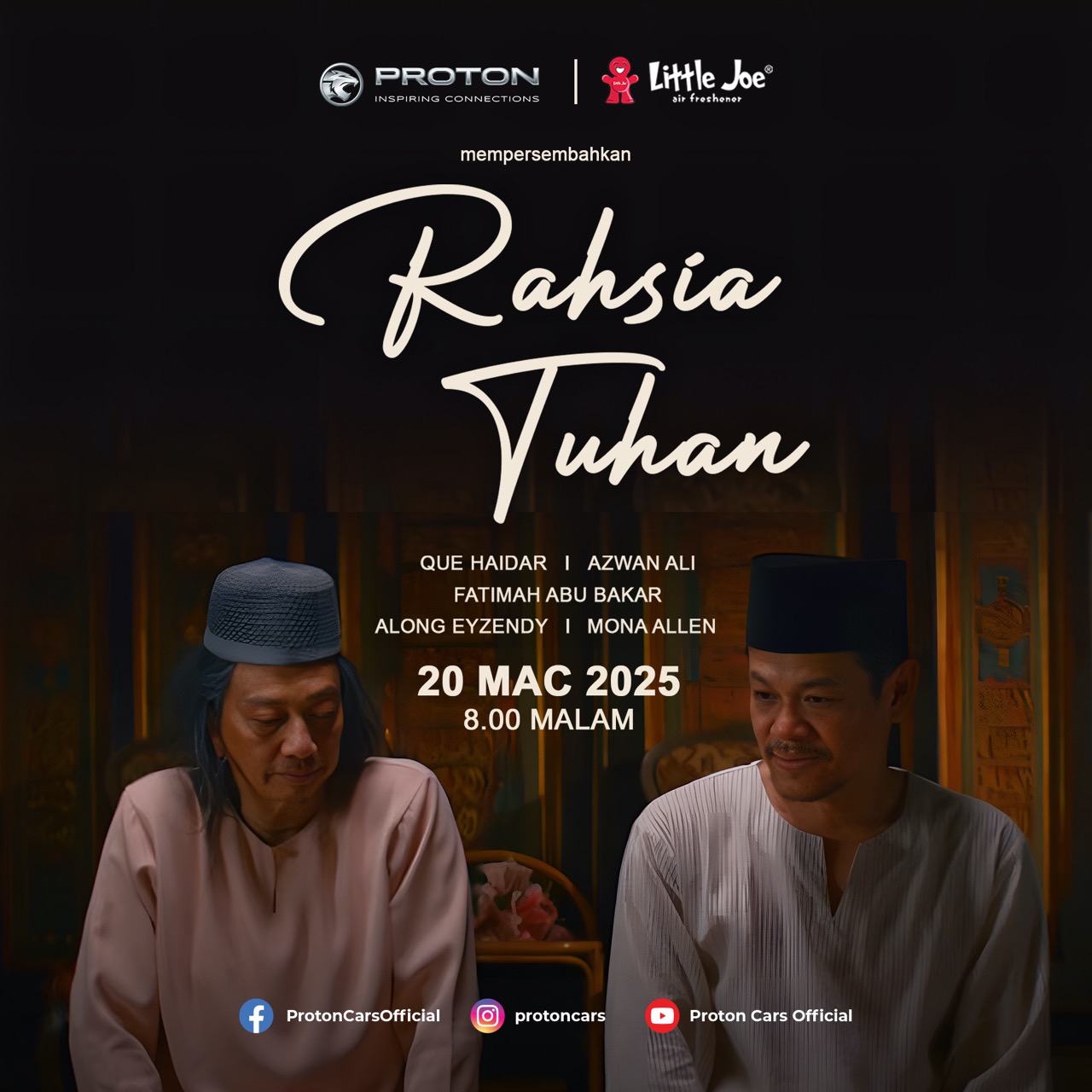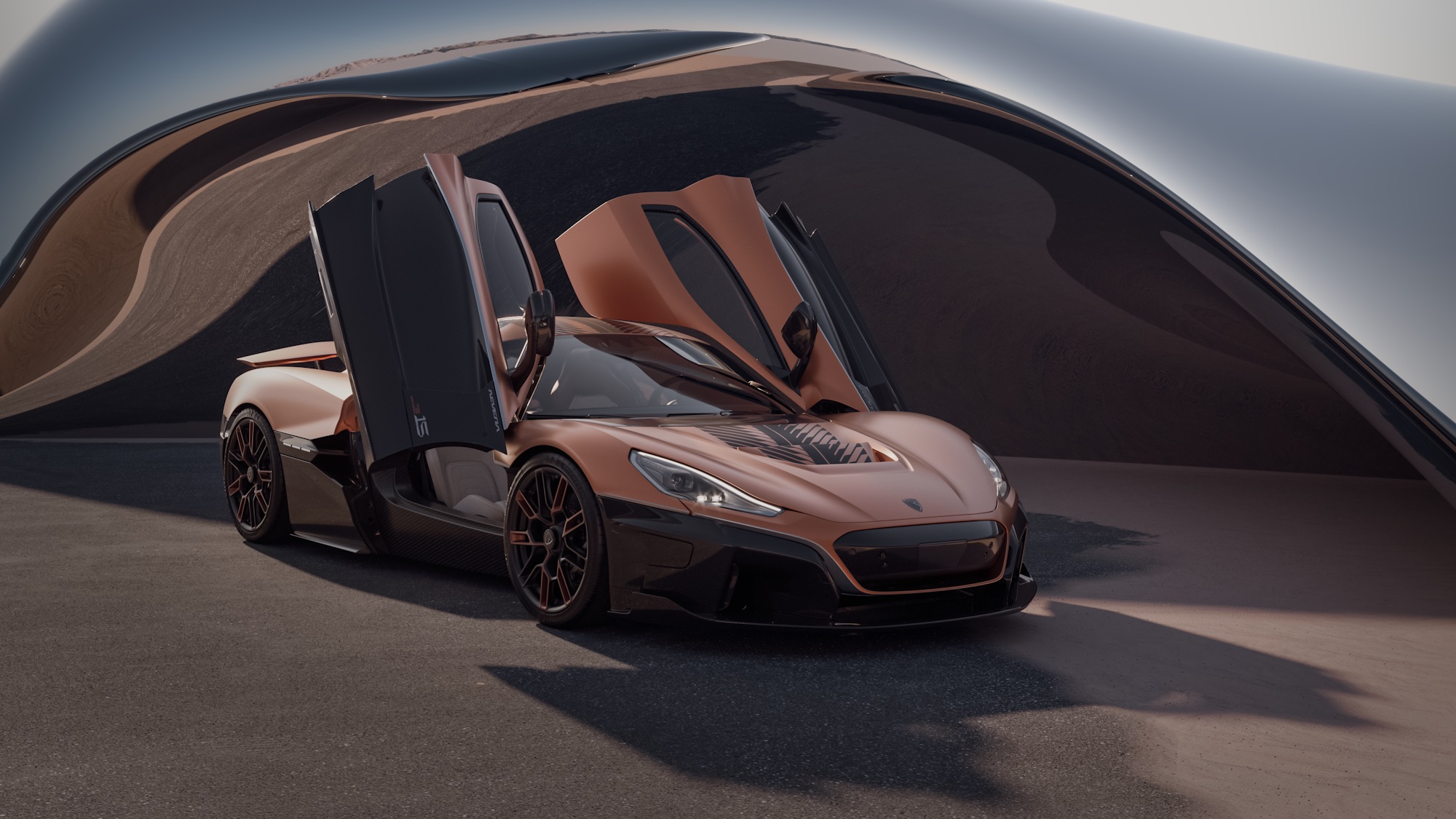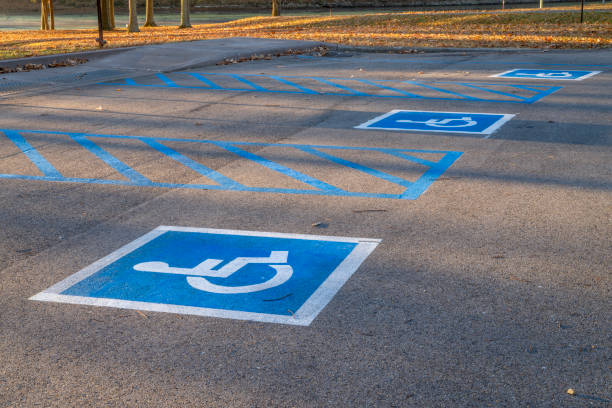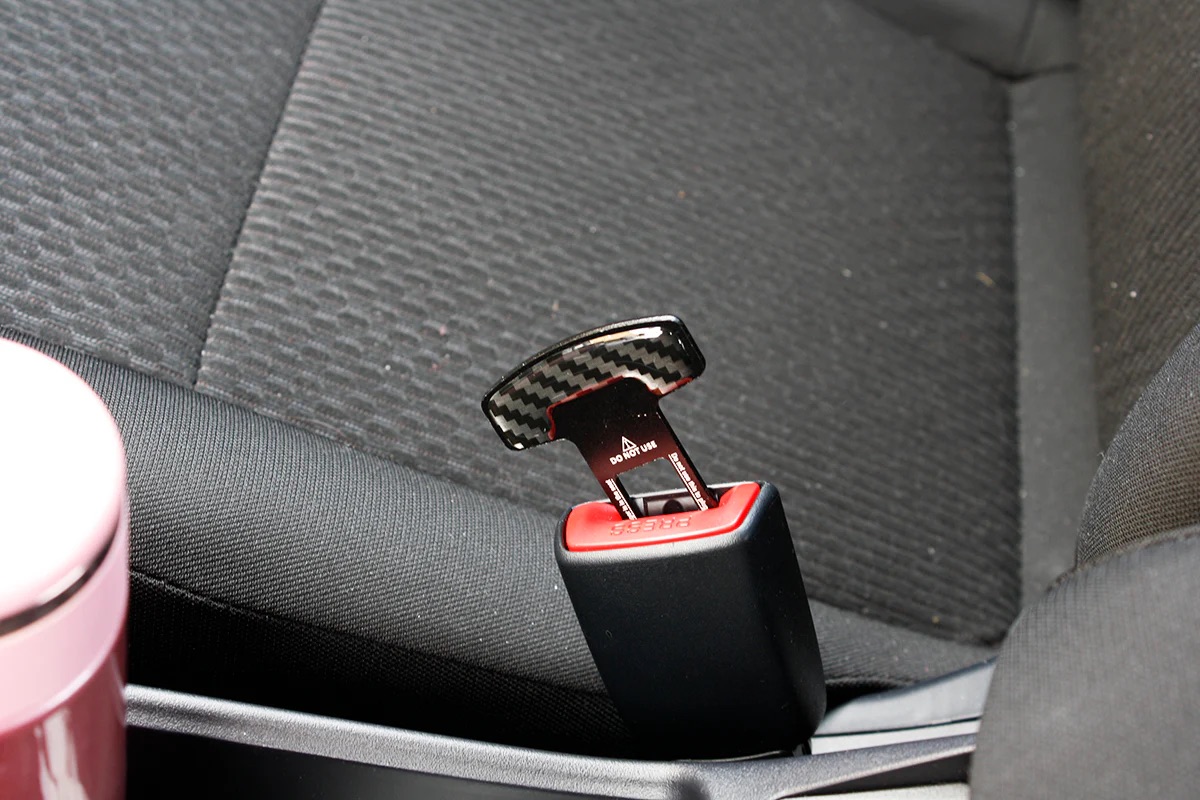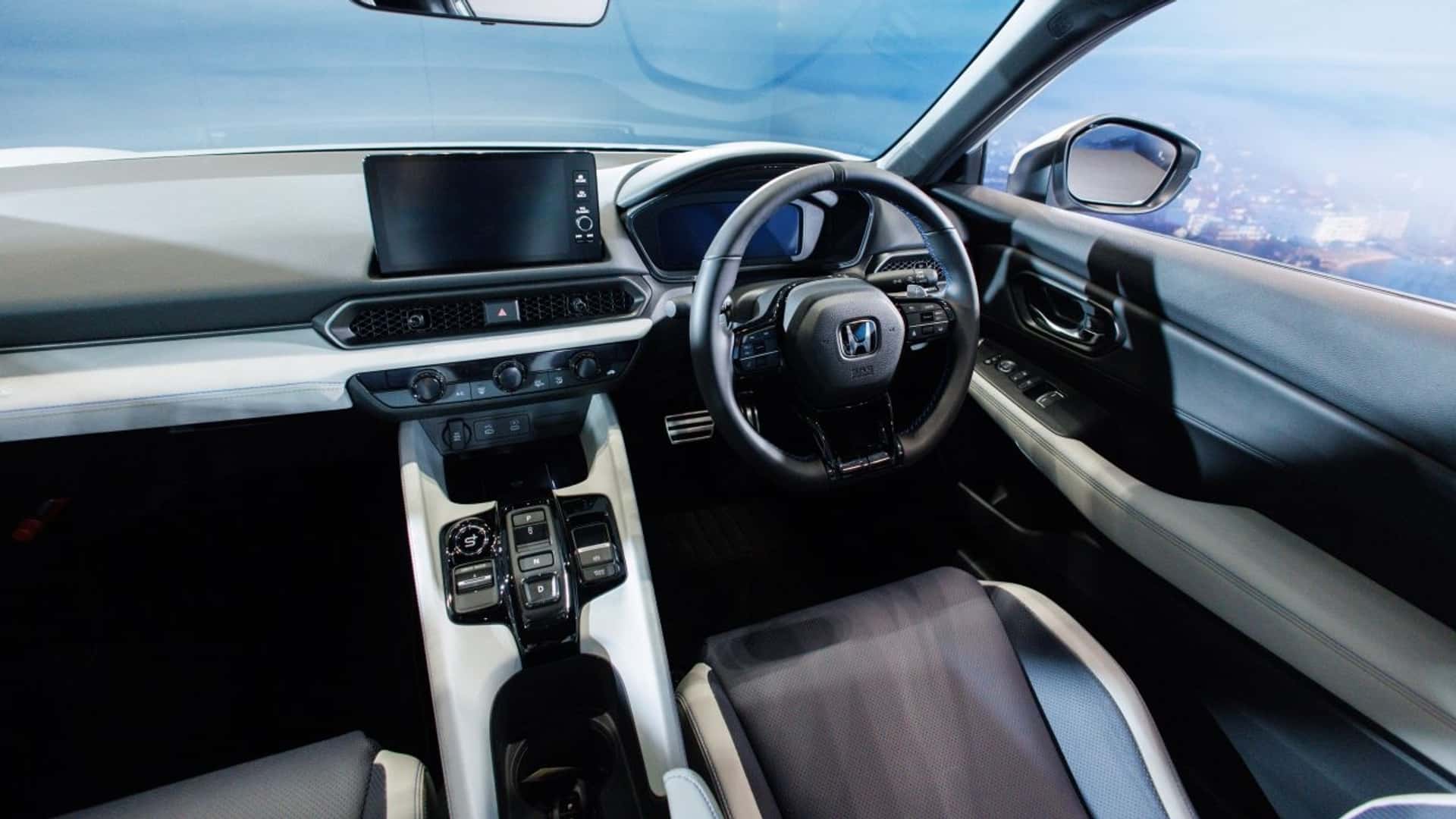Following the launch of the battery-electric Mercedes-Benz EQS in Malaysia last year, Mercedes-Benz Malaysia today rolled out an EQS 500 4MATIC as its first locally assembled battery electric model at the assembly facility in Pekan, Pahang.
Mercedes-Benz Malaysia has been assembling its vehicles there since 2004 and the EQS marks a significant milestone. It is not just for Mercedes-Benz but also the Malaysian auto industry since it is among the first fully electric models to be assembled locally.
The program to assemble has been quite fast and would have been encouraged by the Malaysian government’s decision to provide duty-free incentives for BEVs from 2022, with those assembled locally enjoying the incentives for an extra 2 years (till the end of 2025). Without the imposition of import taxes and sales tax, the price of the EQS 500 4MATIC is RM648,888 (excluding insurance), RM50,000 less than the CBU EQS 450+ AMG Line.
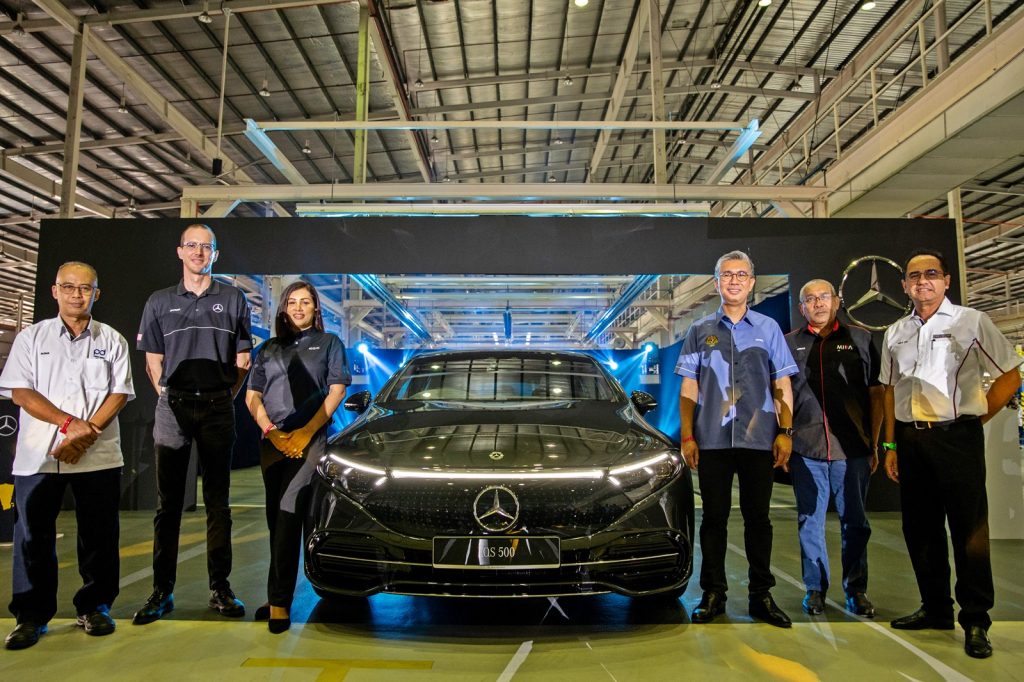
“Mercedes-Benz has reached a new milestone with the roll-out of its first locally-assembled electric vehicle EQS 500 4MATIC. This supports our global business strategy of offering our customers a comprehensive EQ range and contributing to a higher EV adoption in Malaysia,” said Sagree Sardien, CEO & President, Mercedes-Benz Malaysia.
“As a company, we are committed to our sustainability vision and ‘Lead in Electric’ by evolving our fleet of new passenger cars to be CO₂-neutral over the entire life cycle by 2039, to support our introduction of all-electric vehicles by end of the decade, wherever market conditions allow. On that premise, we continue to create a holistic ecosystem of electric mobility, not just via our products, but alongside our services, technologies and innovations, to ensure our customers can enter the electric future,” she added.
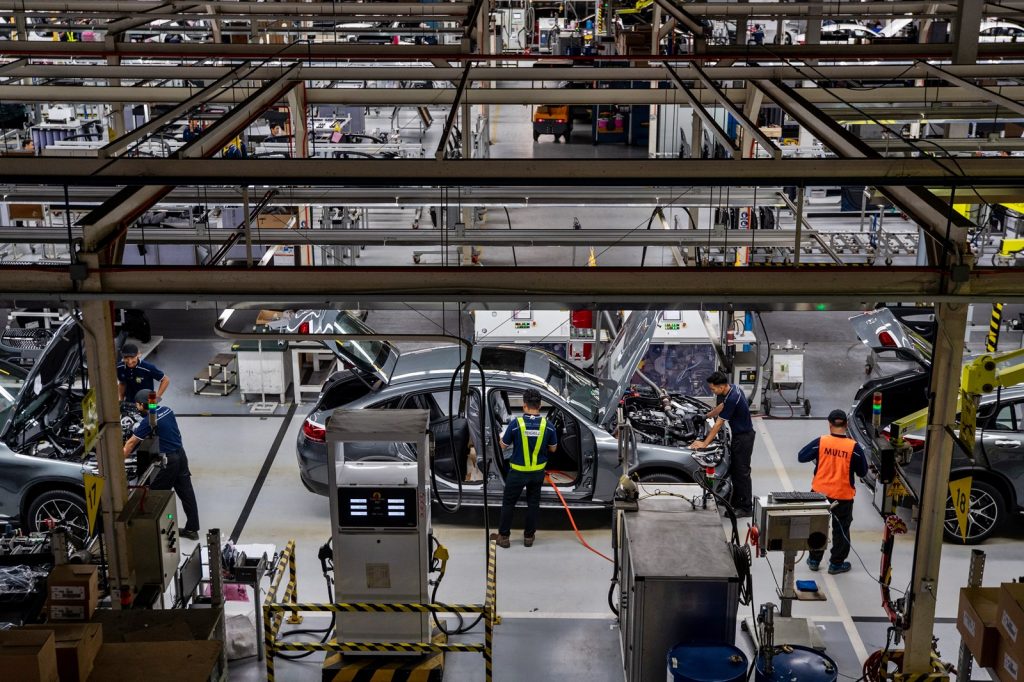
The EQS 500 4MATIC is the first Mercedes-EQ model to be based using the Modular Electrical Architecture (MEA), internally referred to as EVA II. For midrange models upwards, as opposed to the MFA II platform for the compact models, the MEA platform accommodates modular battery packs and can be varied to have different wheelbases as well as use single or dual motor powertrains.
Dual motors for all-wheel drive
The EQS range has 6 power output choices with the EQS 500 4MATIC having two electric motors (one at the front and the other at the rear) to provide all-wheel drive. Total system output is 330 kW (449 ps) or 35% greater than the EQS 450+, with 828 Nm of torque which is available almost from standstill. As would be expected, in spite of the 2,615 kg kerb weight, the EQS 500 4MATIC can sprint from 0 to 100 km/h in a claimed 4.8 seconds and reach a top speed of 210 km/h.
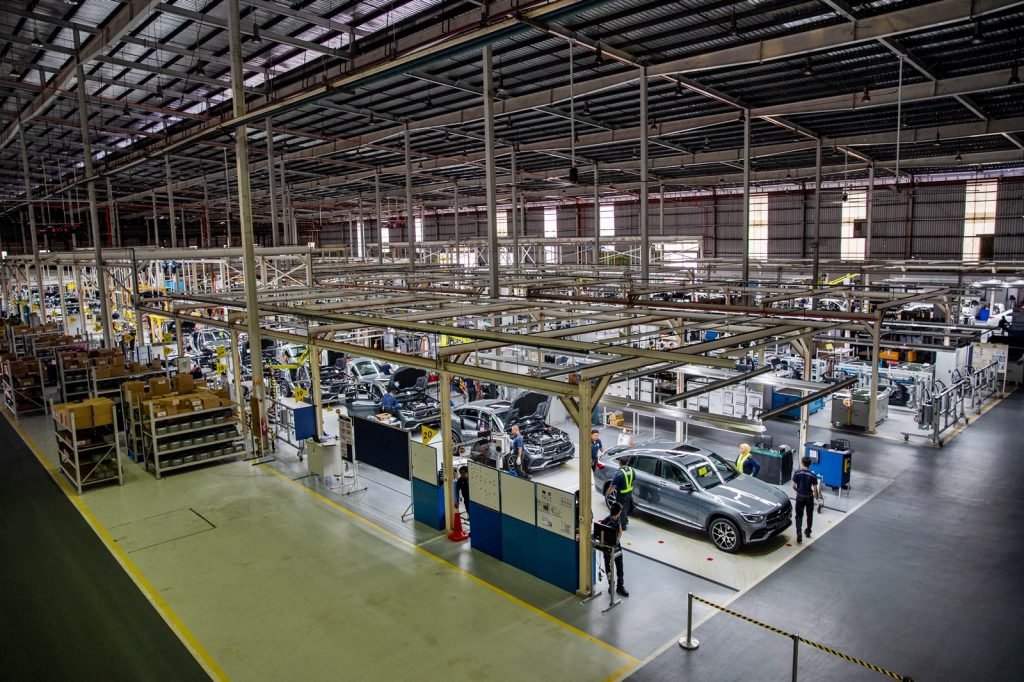
Range of almost 700 kms
The lithium-ion battery pack has a capacity of 108.4 kWh and has a range claimed to be up to almost 700 kms. Depending on the charging station, the battery pack can be ‘filled up’ from 10% to 80% within 31 minutes. That time would require a DC fast-charger but if using AC charging with an 11 kW supply, the time from 10% – 100% would be 10 hrs. An effective recuperation strategy with high recuperation power also helps to provide some electricity while on the move.
Battery packs are a very high cost in BEVs and Mercedes-Benz offers a separate warranty for the battery pack which is up to 10 years or a maximum of 250,000 kms. While this gives peace of mind to the owner, it would be a good idea to read the conditions of the warranty carefully and follow the recommendations on charging procedures which can be quite specific.
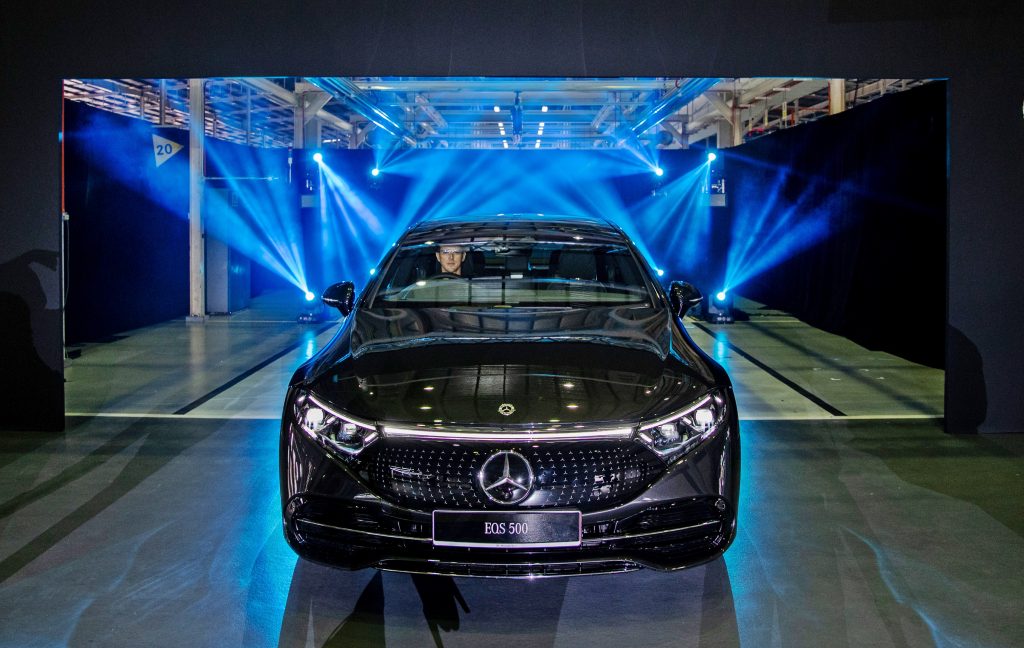
The AMG Line equipment is not applied to the locally-assembled EQS 500 4MATIC. Instead, it has Electric Art line exterior, which emphasises the progressive design language with elegant chrome trim elements. As with other Mercedes-EQ models, it has the iconic Mercedes-Benz patterned radiator grille with a distinctive light signature from the DIGITAL LIGHT headlamps.
Inside the most aerodynamic production car in the world (0.20 Cd), natural light coming through the sunroof from above is complemented by ambient lighting (64 colours) around the cabin. The illumination highlights the intricate design details and typical high-quality workmanship.

The Mercedes-EQ MEA architecture allows interior designers new freedom in packaging which provides more space front and rear. The highlight of the cabin is the visual technology exemplified by the MBUX Hyperscreen which made its debut with the EQS.
Featuring a fingerprint scanner, the MBUX multimedia system and an OLED front passenger display form a large and continuous panel from left to right. The integrated ambient lighting installed in the lower part of the MBUX Hyperscreen makes the display unit appear to float on the instrument panel.
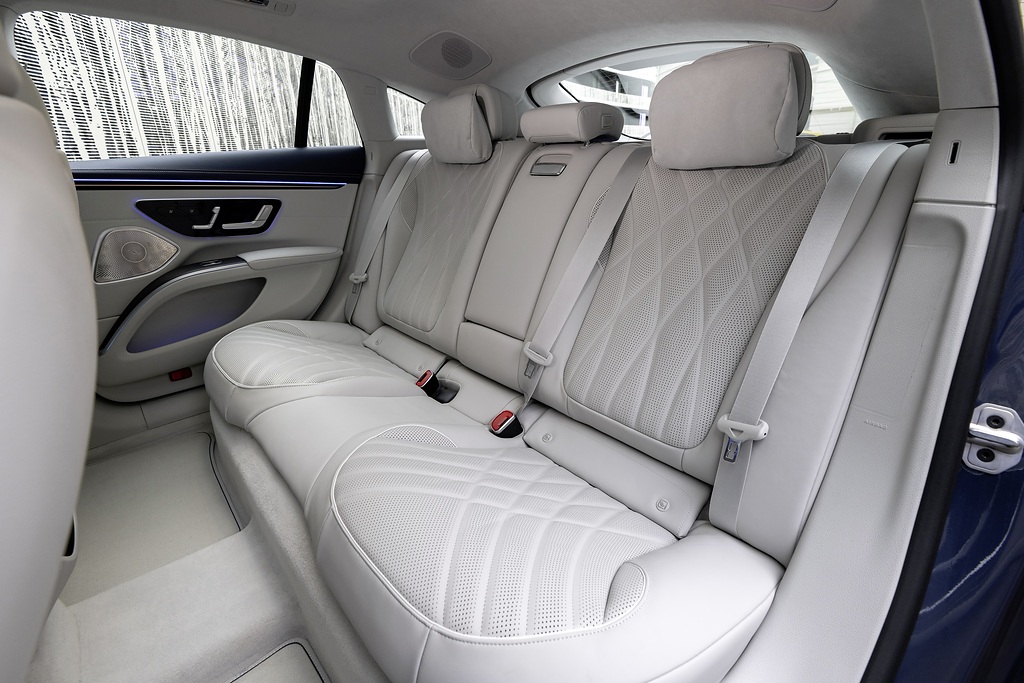
The EQS 500 4MATIC has the Driving Assistance Plus Package as well as an URBAN GUARD vehicle protection system. The former helps the driver avoid accidents or reduces their severity while the latter protects the car from being stolen.

Mercedes-Benz local assembly in Malaysia
Local assembly of Mercedes-Benz passenger cars began in the late 1960s when the first assembly plants had just been established. At that time, major carmakers encouraged their local partners to start local assembly of some models to take advantage of the new government policy which gave preferential tax rates to models assembled in Malaysia. Cycle & Carriage, which represented the German brand, responded positively and began having models assembled under contract at a plant in Shah Alam, Selangor.
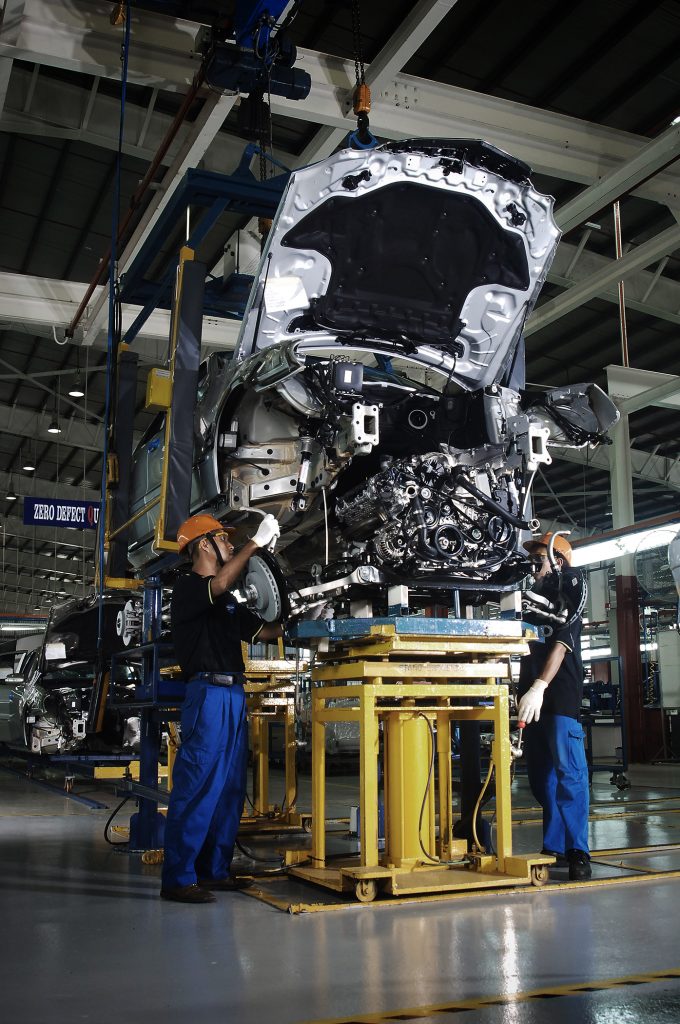
By 1968, Cycle & Carriage set up its own assembly plant near Sungai Way, which was then at the edge of Petaling Jaya. The plant would handle passenger cars as well as commercial vehicles although for painting, the bodies had to be sent by lorry to the Tan Chong assembly plant in Segambut, Kuala Lumpur.
When DaimlerChrysler Malaysia (the predecessor company of today’s Mercedes-Benz Malaysia) was incorporated in January 2003 as a joint-venture between Daimler AG and Cycle & Carriage Bintang, plans began for the take-over of direct management of local assembly operations. This would complement the company’s role in managing wholesale and marketing activities.
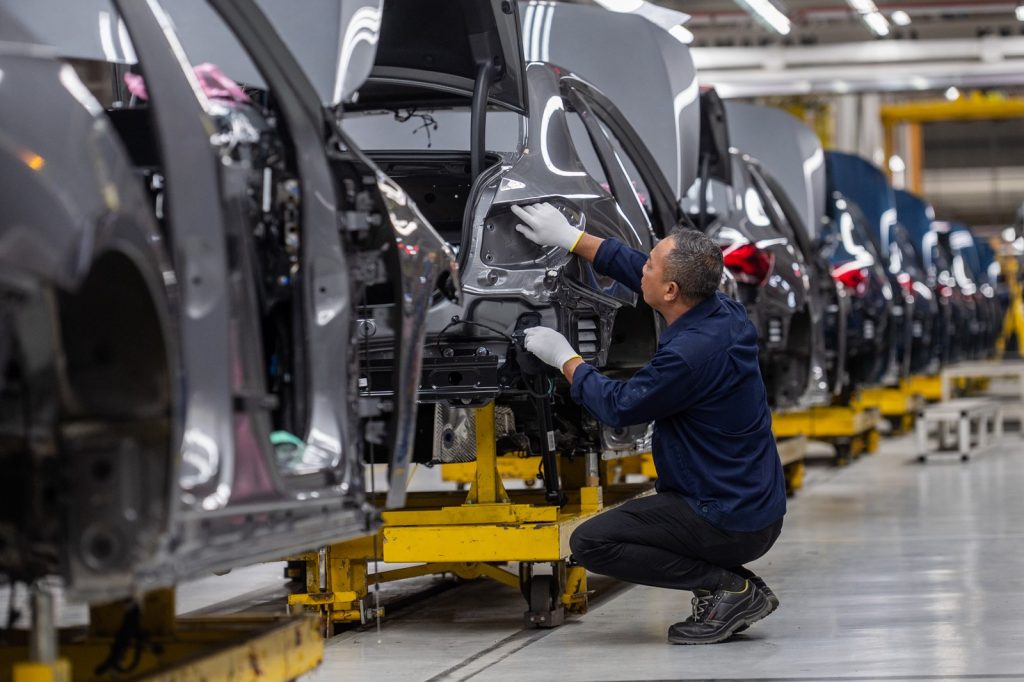
As the original plant in Petaling Jaya was old and also had limited space to expand, the decision was made to find a new location. DaimlerChrysler Malaysia entered into an agreement with DRB-HICOM which would see the establishment of a facility for the assembly of the popular models. This facility was located within the DRB-HICOM manufacturing complex in Pekan, Pahang.
Being directly involved meant that DaimlerChrysler would make major investments and introduce the latest manufacturing technologies to ensure that its locally-assembled cars were as good as those from its own factories in Germany. Testing facilities, a test track, CMM body measurement room, engine plant and training academy were also built at the site.
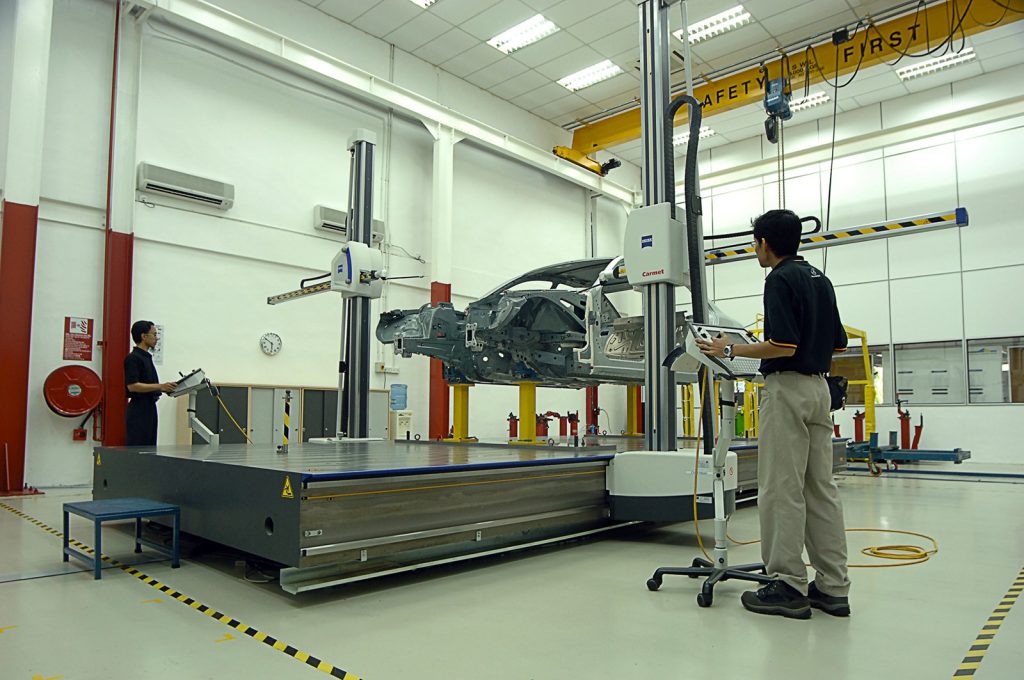
The first car, an E-Class model, rolled out from the assembly plant on March 1, 2003. In its initial years, the output was around 1,800 units of the E-Class and 1,800 units of C-Class, as well as 600 units of the S-Class flagship. By 2010, annual output had risen to 6,900 units as demand grew and by 2015, 34,000 passenger cars and 18,700 commercial vehicles (including those of the Mitsubishi FUSO brand) had been assembled.
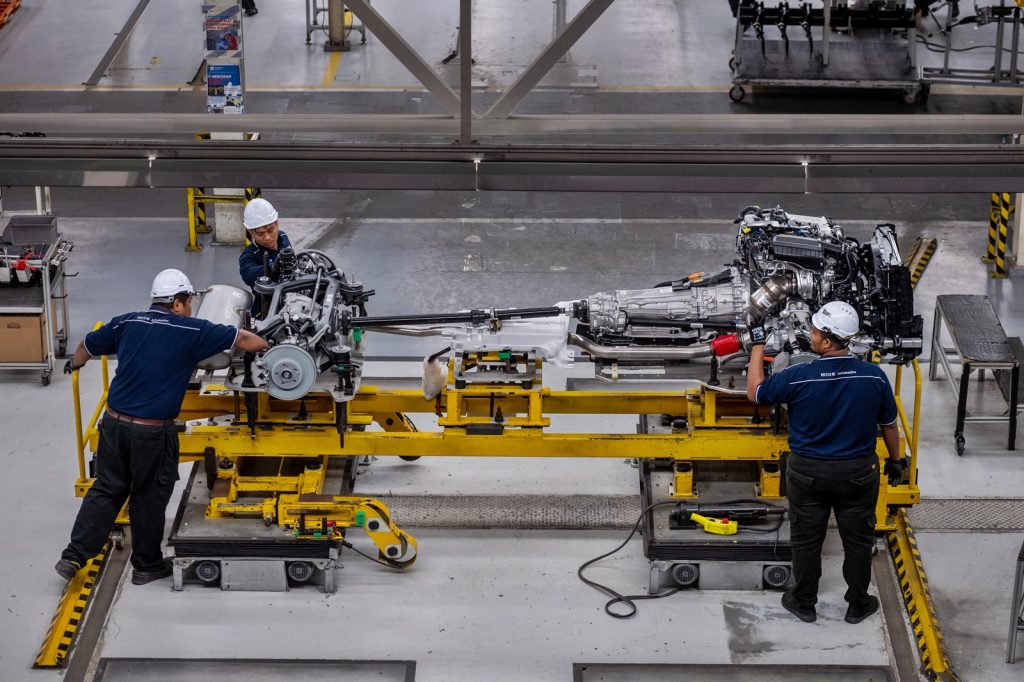
Incidentally, since 2019, the plant has also been exporting the C-Class model to the Philippines. As they drive on the other side of the road there, the versions are assembled in lefthand drive form. Import of the cars from Malaysia can be duty-free with the privilege available under the ASEAN Free Trade Area (AFTA) agreement, allowing pricing to be more competitive.
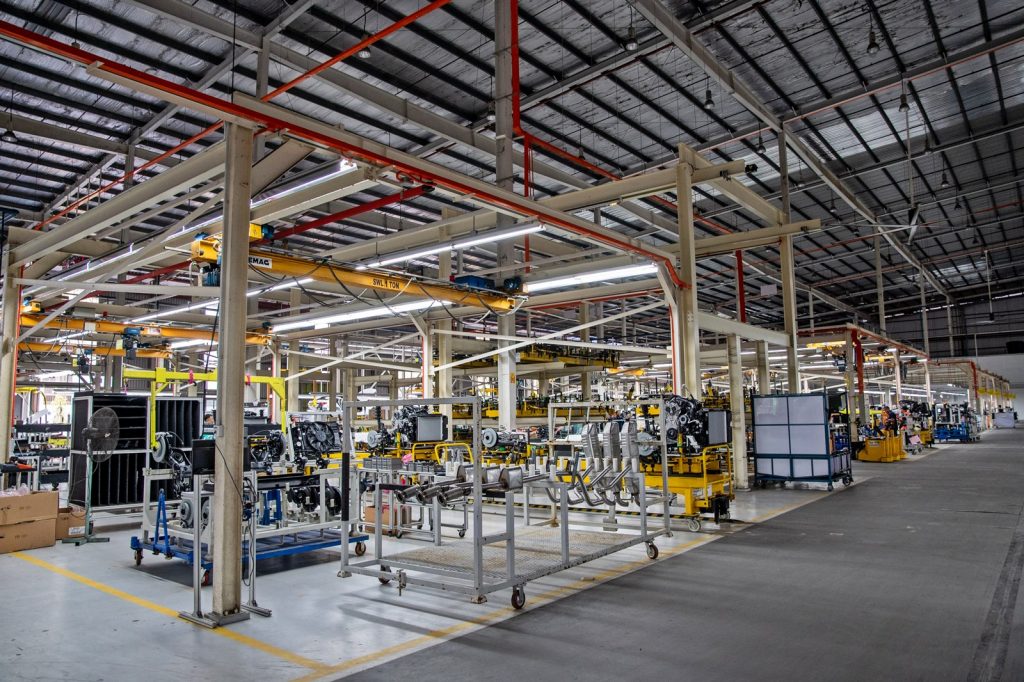
In earlier years, the range of passenger cars assembled was limited but as the Mercedes-Benz range steadily expanded, more models were added for local assembly. Around 2010, plans were also made to start assembling hybrid models which Mercedes-Benz was beginning to produce. However, this was done slowly as much thought and care was needed due to the high voltage powertrain and related equipment. Along with other plant upgrades, the investment to assemble the first hybrid model – the S 400L Hybrid – cost Mercedes-Benz Malaysia RM18 million.
Nine years after the first electrified model left the plant, Mercedes-Benz Malaysia continues to maintain its leading position as an automaker by being among the first brands to assemble a battery-electric model in this country. This time, though, the preparatory work has been less as all the protective measures for electrified powertrains has already been in place. And just as it was assembling the flagship of the range before, its first fully electric model is the EQS 500 4Matic which is also the flagship of the EV range.




